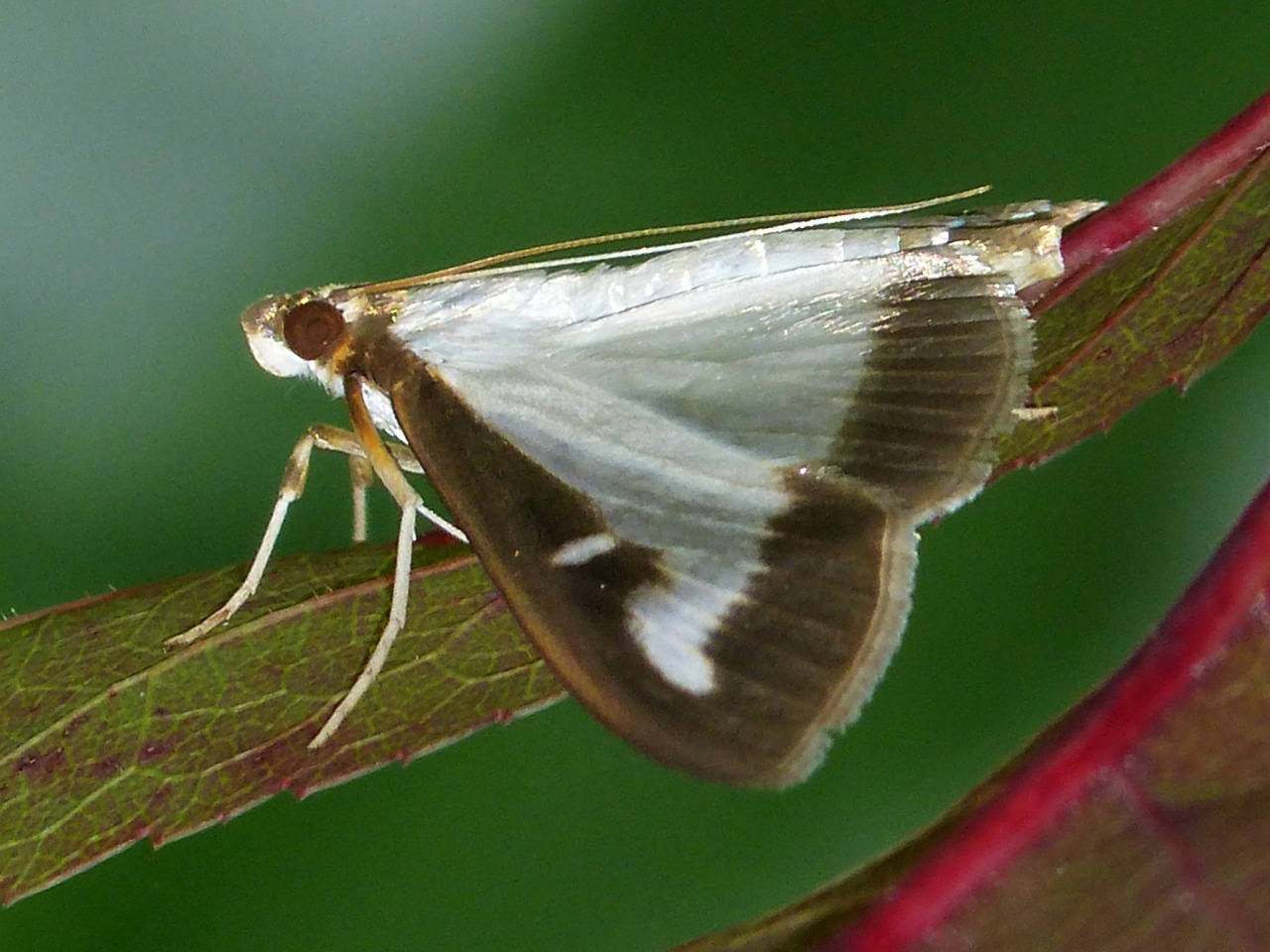
This Box Tree Moth, seen in Ontario, Canada by @kyukich is our Observation of the Week!
As our world becomes more interconnected through commerce and transportation, the likelihood of organisms native to one region of the planet being transported another region has of course increased, and the Box Tree Moth (Cydalima perspectalis) is an example of how quickly this can happen.
Originally hailing from eastern Asia, caterpillars of the Box Tree Moth host on plants of the genus Buxus, which are often used in for hedges and topiaries. In 2006 or 2007 its first European sightings were in Germany, likely brought in on Box Trees shipped from China. By 2010 it had caused severe defoliation (with many fully defoliated plants dying) of the country’s largest Buxus forest in the Grenzarch-Whylen Nature Reserve. It has spread to much of Europe and Britain and is also established in Sochi, Russia when it was likely imported with topiary plants for the 2014 Olympic Games. While some wasps and flies are known to parasitize Box Tree Moths in their native habitats, very little is known about them, and the larvae seem to be distasteful to birds often being found regurgitated or not eaten.
The moth has not made a splash in the Americas, but several specimens were found in Ontario, Canada in late August of 2018, including the one photographed above, by Karen Yukich. Karen has been an iNaturalist user since 2016 and says “I don’t get into fine points of anatomy or capture insects for close study – my forte is to keep an eye out for small creatures on vegetation and then try to quickly get a decent ID shot.
That was what happened on the morning of August 25 this year. When I returned home late morning, I paused before entering our walkway to check our small wild pollinator garden. Sometimes if I go too fast I scare away something interesting, so I’ve learned to check first. This time I saw what looked like a Melonworm Moth (Diaphania hyalinata), a species I’ve seen in south Texas, fluttering inside the Indian hemp...So I carefully snuck past to get my long-zoom camera (Lumix FZ60), and then took a few shots while it moved over to our neighbour’s ornamental shrubs. It soon disappeared into their overgrown boxwood hedge.
After looking at her photos, Karen realized this she was not familiar with this particular moth, so she called her friend Dave Beadle (@dbeadle), co-author of The Peterson Field Guide to the Moths of Northeastern North America and manager of Ontario Moths. Dave tells me,
It all came as a bit of a surprise really. Karen phoned me to say she’d photographed a strange moth and had put it in iNat if I’d care to have a look. By the time I checked it out it had already been correctly identified by Karen and confirmed. I was amazed since this species was not really on my radar to occur in Ontario. I knew that this East Asian native had become rather widespread across much of Western Europe as an adventive species, but didn’t really think of it making it this far!
Another observation of a Box Tree Moth in the Toronto area was also posted in a local Facebook group, and just a few days later Dave himself found one (photo below) in his backyard moth trap, explaining “I knew exactly what it was before I even opened the trap!”
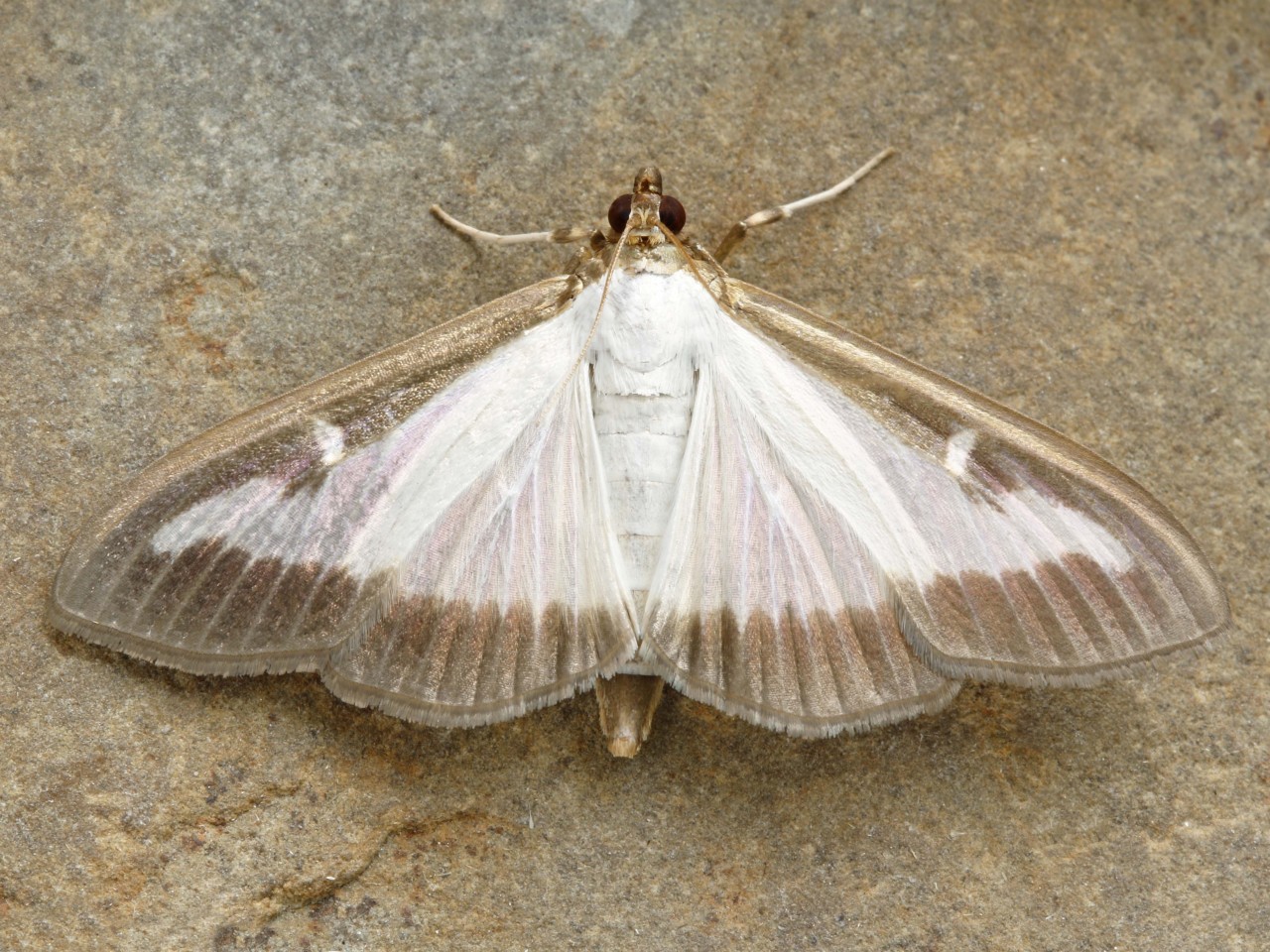
Mike Burrell (@mikeburrell), a Project Zoologist for the Ontario Natural Heritage Information Centre (NHIC), tells me “[these look like] like the first records for Canada...This is certainly a great example of Citizen Science for early detection of exotic species.”
It will take some more digging to see if these are the first sightings for all of North America, but so far I haven’t been able to find any other North American records on either iNaturalist or Butterflies and Moths of North America, so it’s possible they are among the first for the continent. Dave Beadle explains, “I suspect it has the potential to become more common and widespread in Ontario, wherever its larval food plant occurs. This, of course, rather depends upon whether the eggs/larvae can survive the Ontario winters. If it made it into the southern United States it probably would not have a problem surviving the winter.”
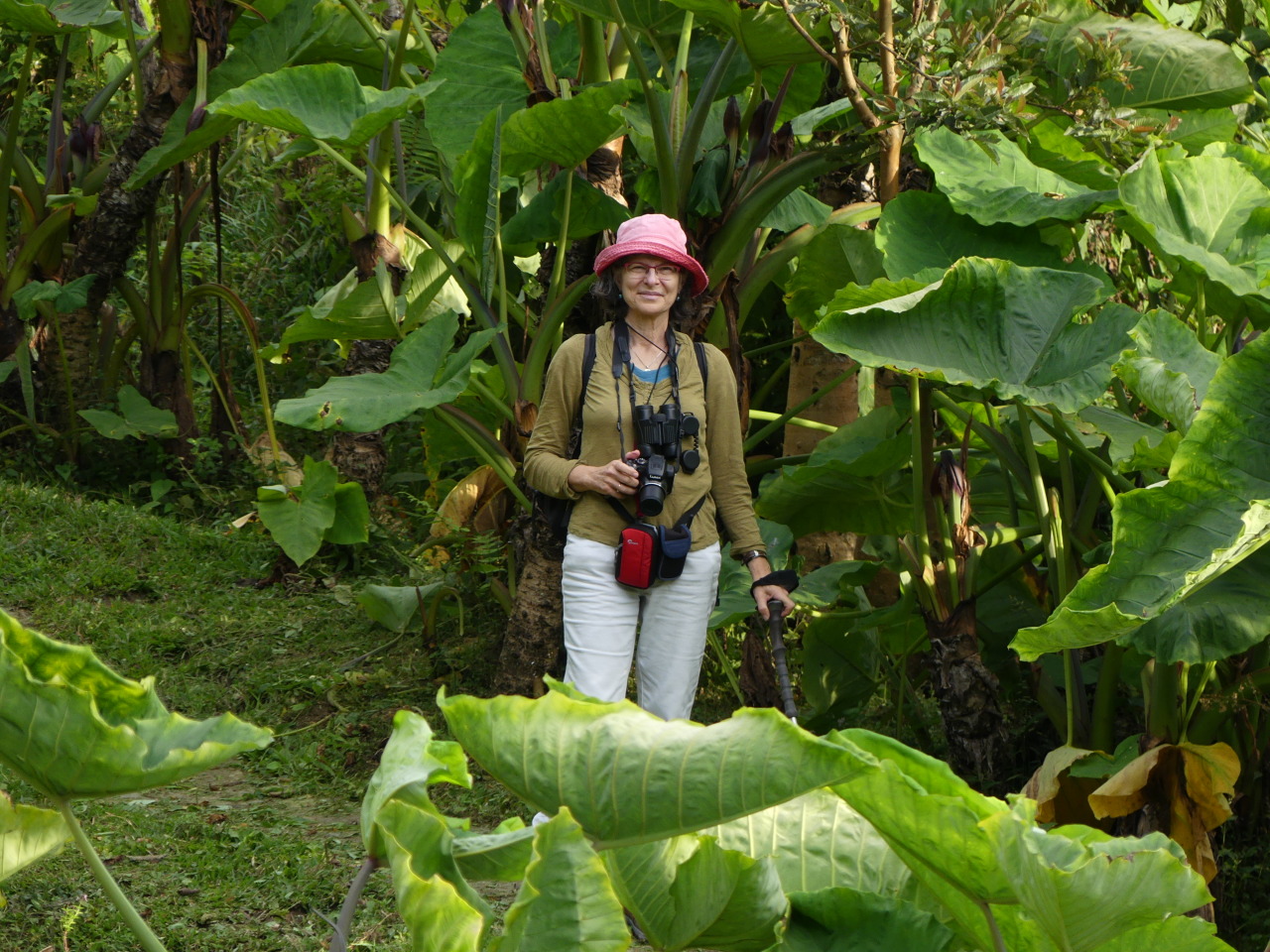
Karen (above, in Manizales, Colombia) is not only a backyard naturalist. She volunteers at High Park Nature and helps coordinate the High Park Moth Night, which is co-sponsored by the High Park Nature Centre and the Toronto Entomologists’ Association. It was actually through High Park Nature that she met David Kaposi (@dkaposi), who introduced her to iNaturalist (and alerted me to this finding). Interestingly, she got into nature after her husband, Bob, bought her a field guide for birds in 1980. “I didn’t use it but he got hooked!” she says. “Birding became a big part of his life and we both learned a lot more about nature. We started taking nature trips to local sites and then to the neotropics. In the mid-90s he became similarly passionate about butterflies, and I would photograph some of them with my old SLR camera. After we both moved into digital cameras, Bob became the more serious butterfly photographer and I began to pay more attention to other insects.”
She has embraced iNaturalist and says
I’ve found [it] very useful for identifying species in our region, and especially useful for insects I photograph on our winter trips to Central and South America, for which reference sources are hard to find. Leafhoppers and other true bugs are my particular favorites, but I look out for all kinds of creatures, especially the tiny ones that others may not notice. It’s like finding a secret little gem! And then being able to share my sightings with others and to contribute as a citizen scientist via iNaturalist adds a whole new dimension!
- by Tony Iwane. Photo of Karen Yukich by Bob Yukich.
- Over 2,000 observations have been recorded for the High Park Moth Study project on iNaturalist!
- And the Moths of Ontario project on iNaturalist has nearly 62,000 observations of over 2,000 species!
- Mike Burrell has helped to create and manage the NHIC Rare species of Ontario project and iNaturalist users have recorded over 15,000 observations of nearly 1,000 rare species!
- The European Boxwood and Topiary Society has a great page detailing the Box Tree Moth and its spread in Europe.
- Check out this time lapse of Box Tree Moth caterpillars going to town on a plant.
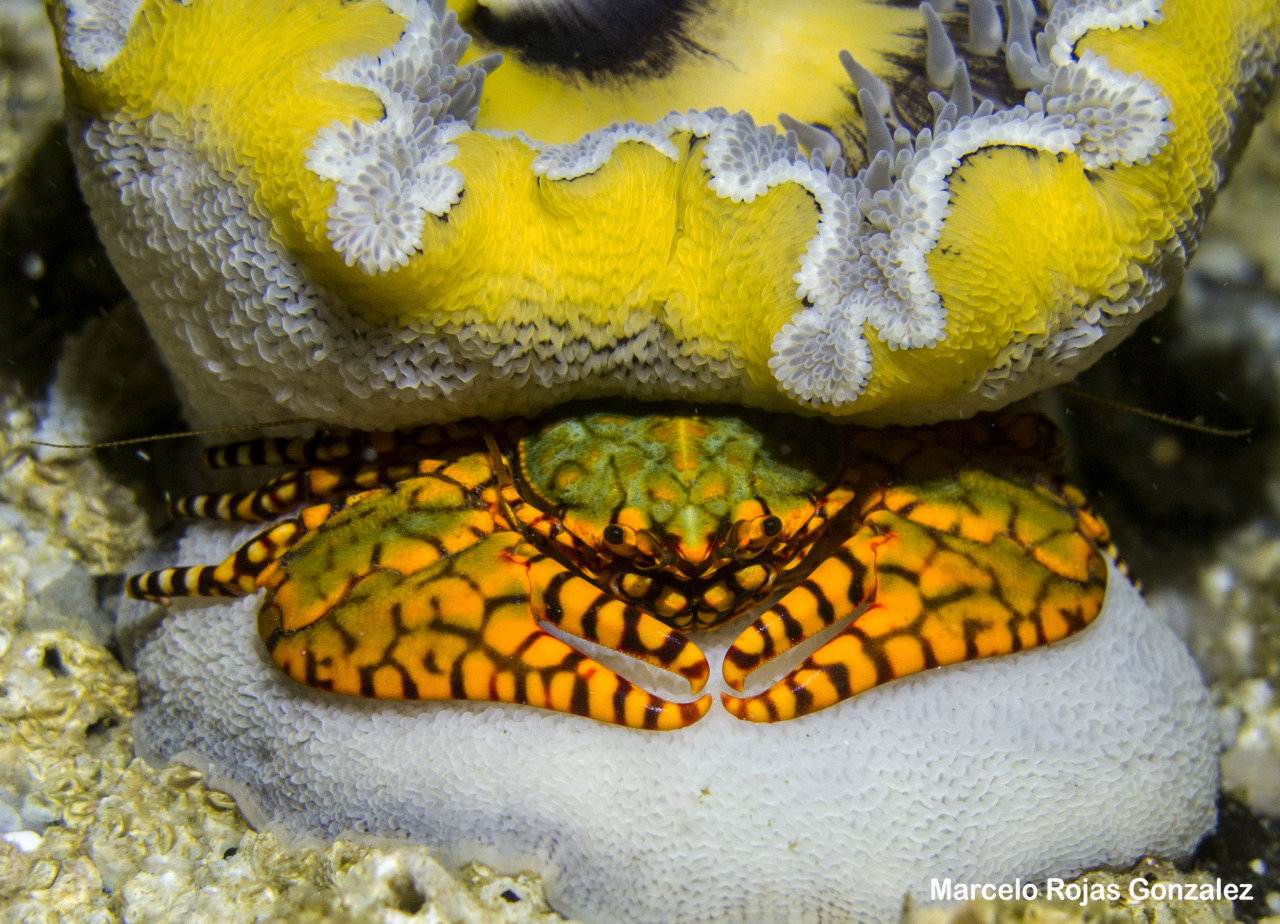















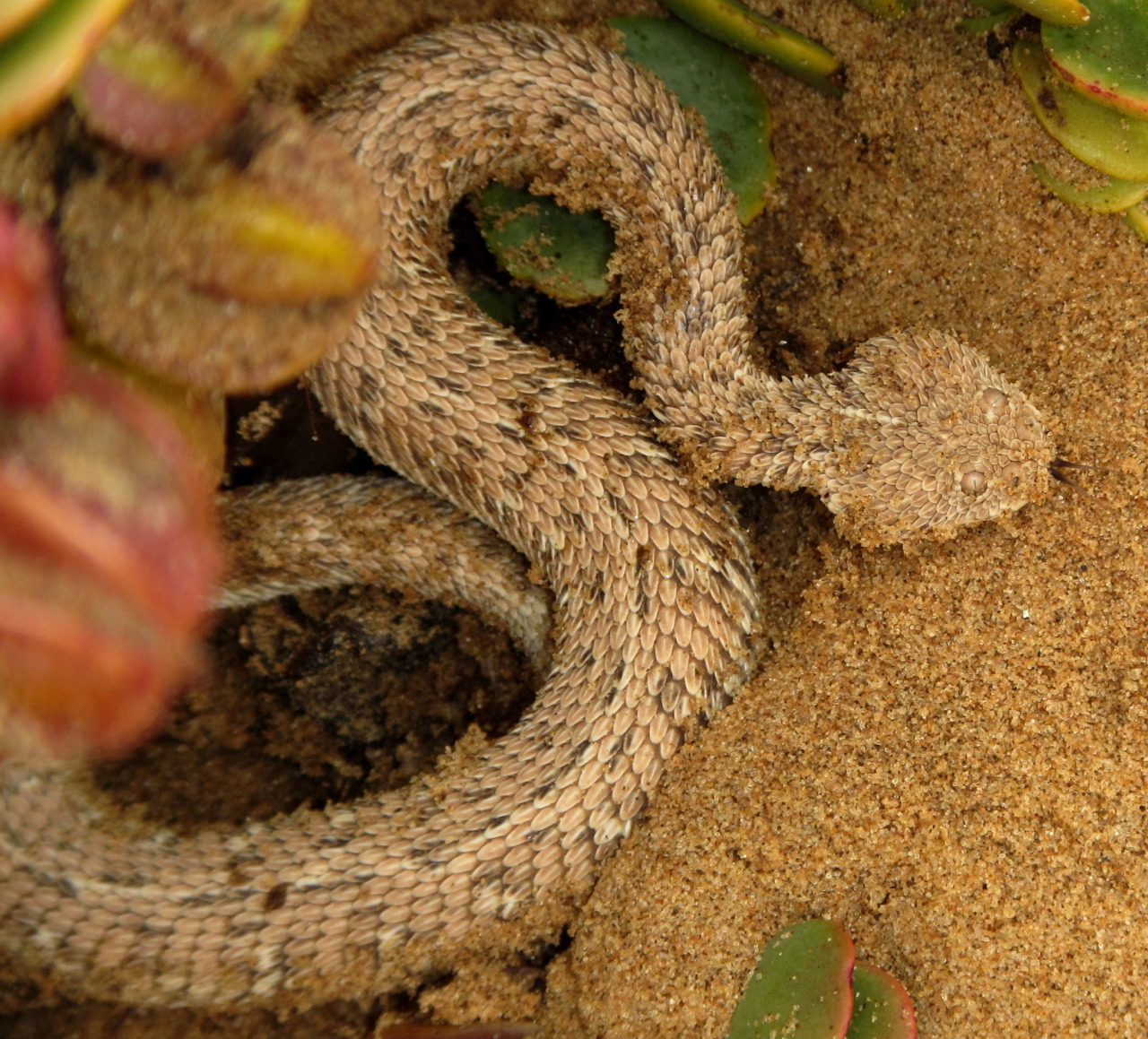

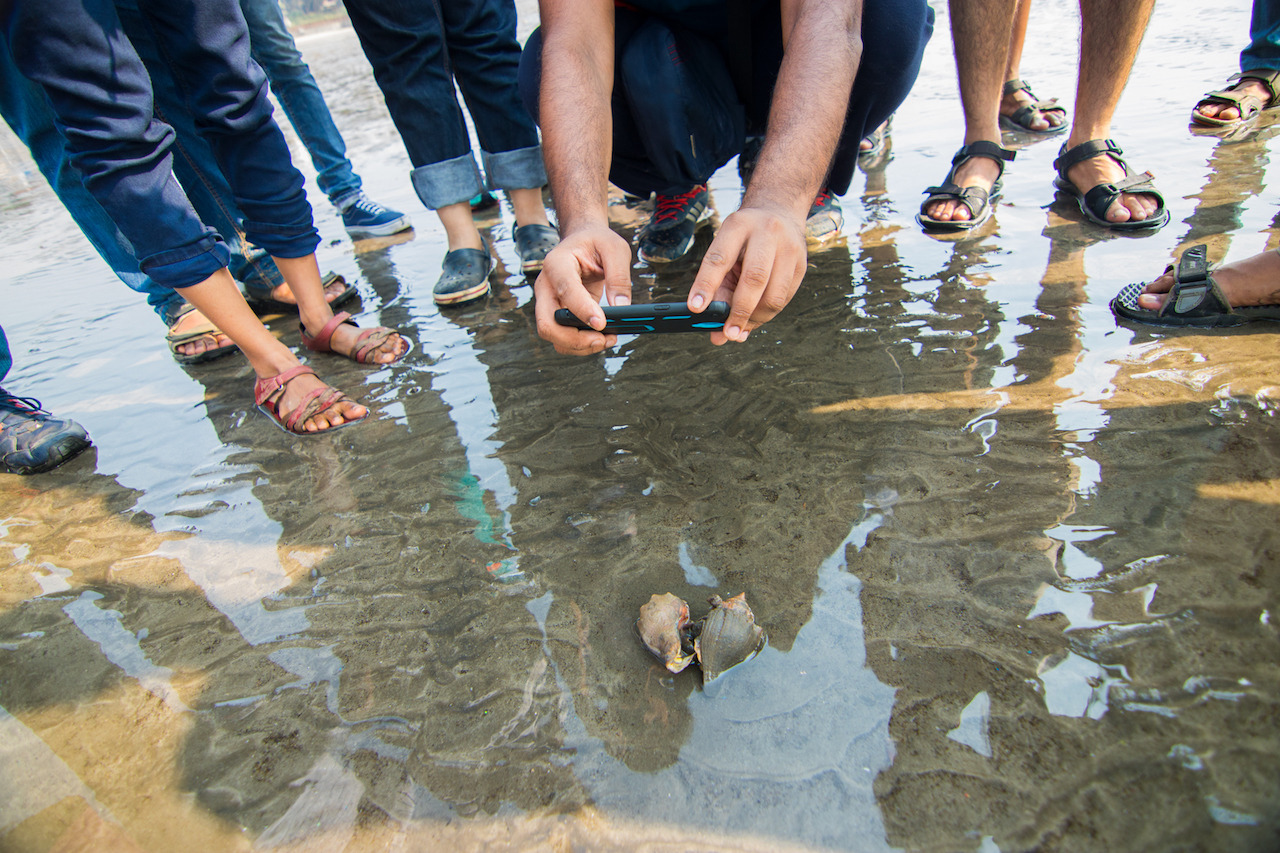
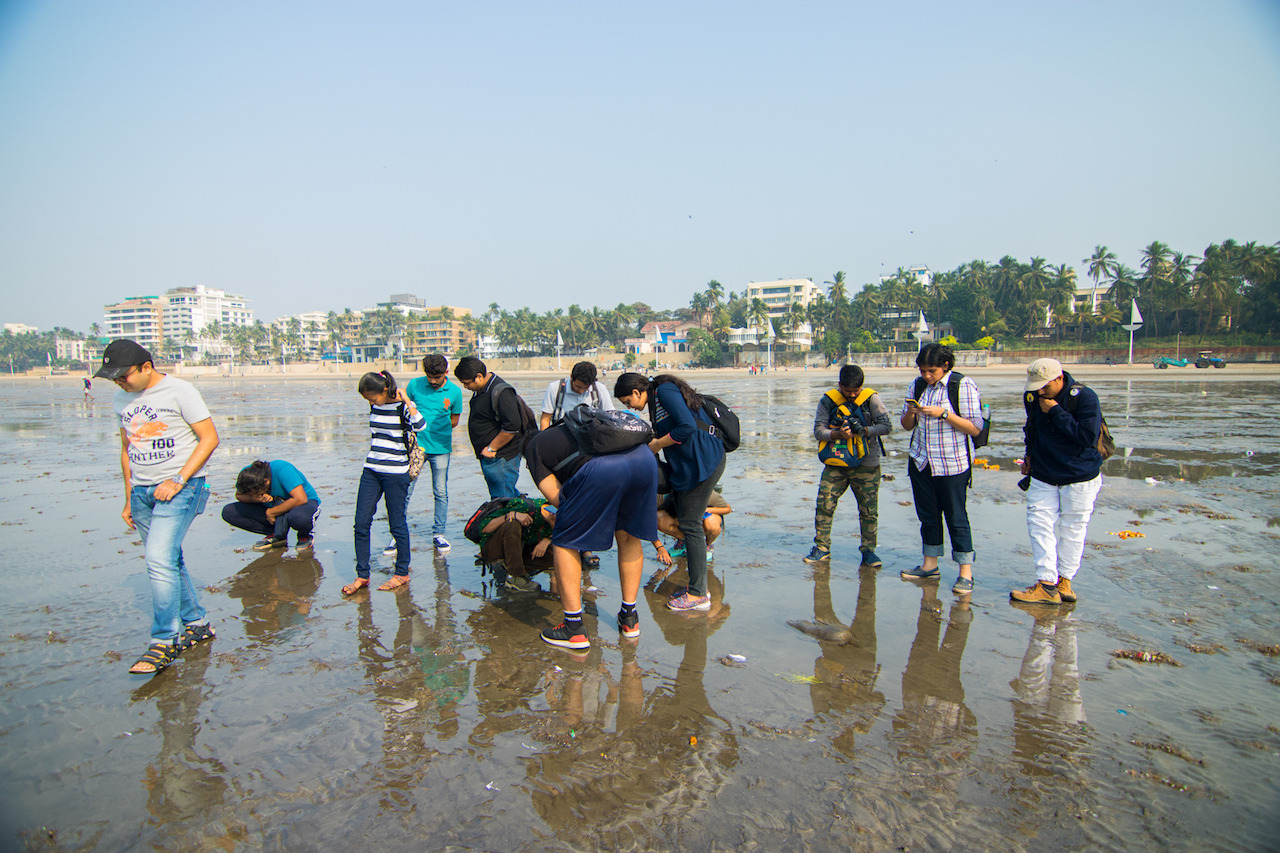
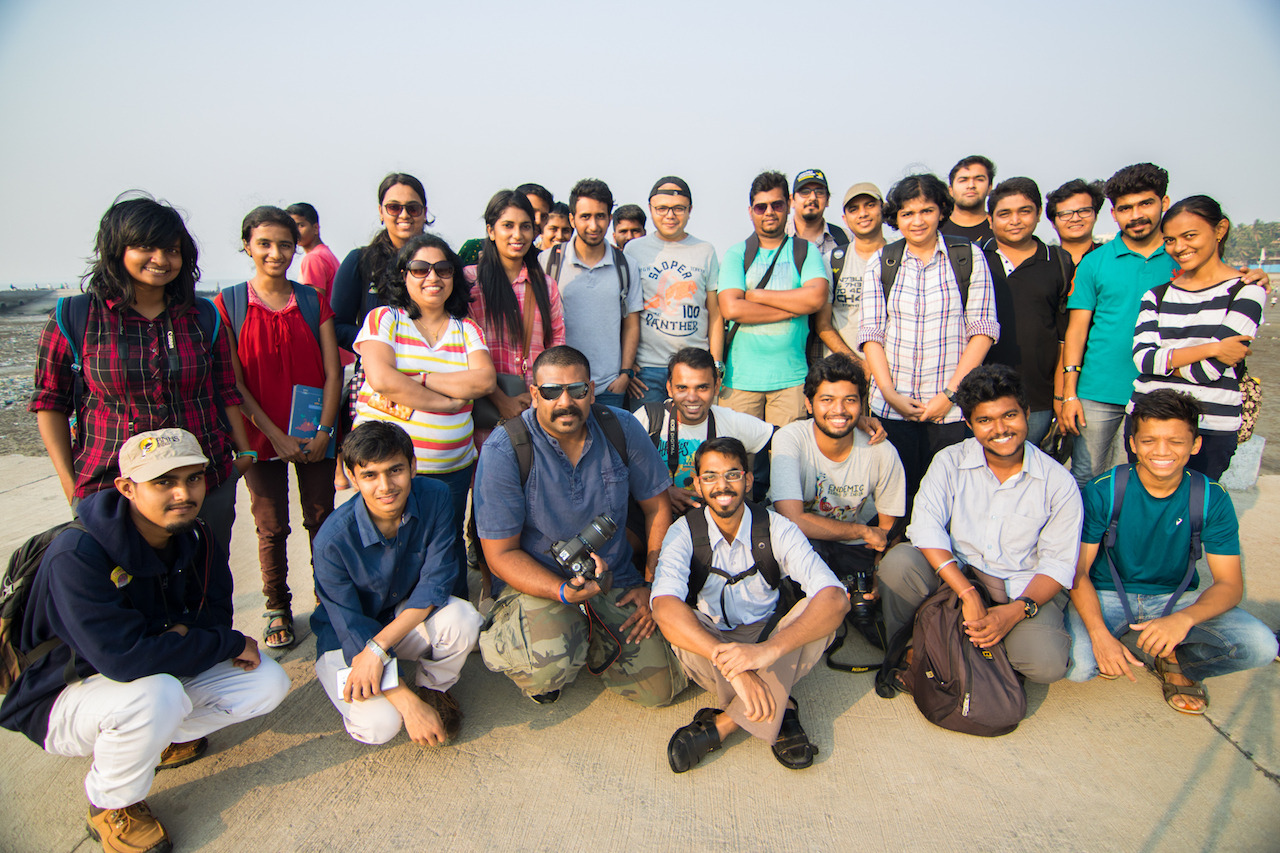
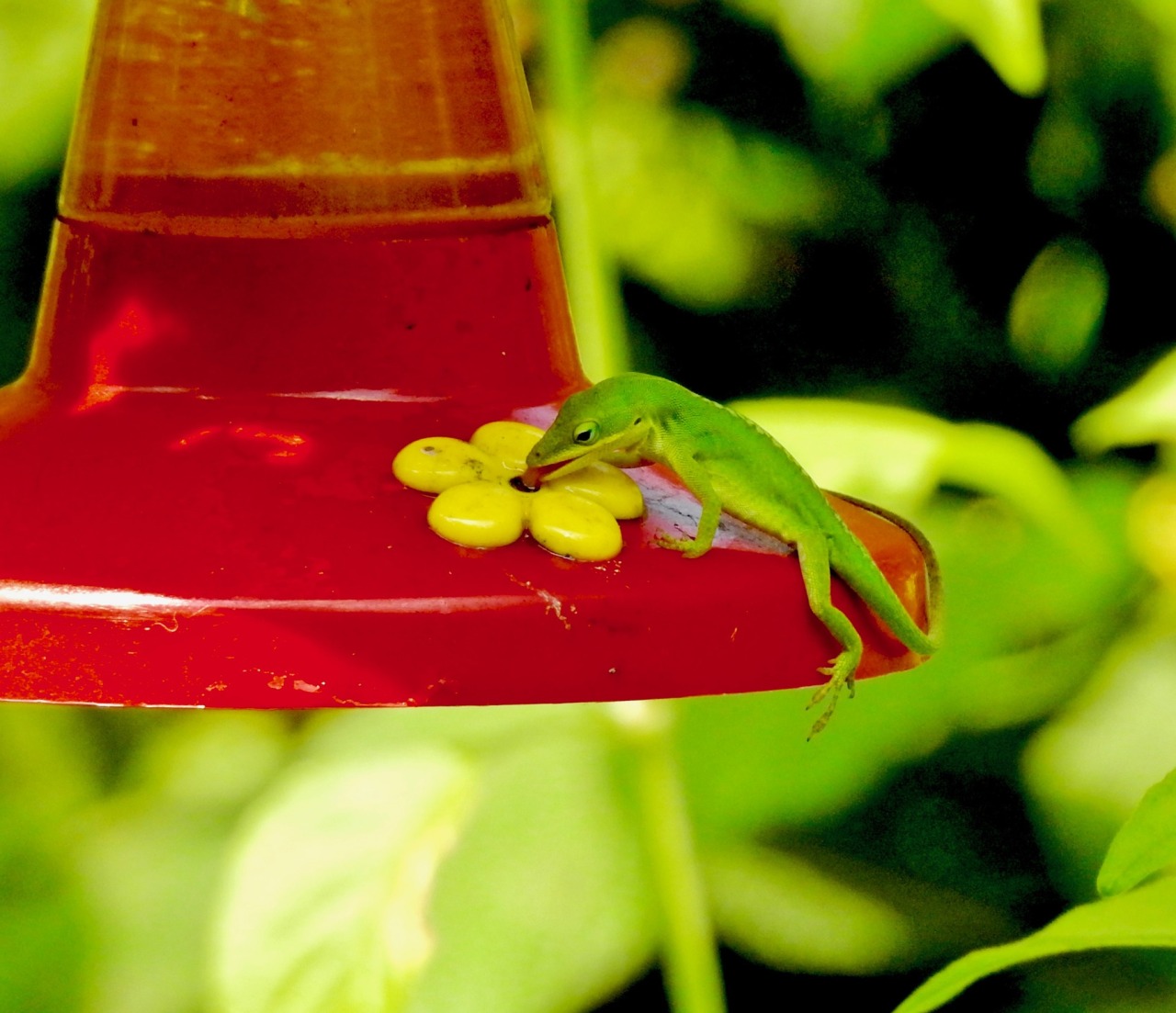
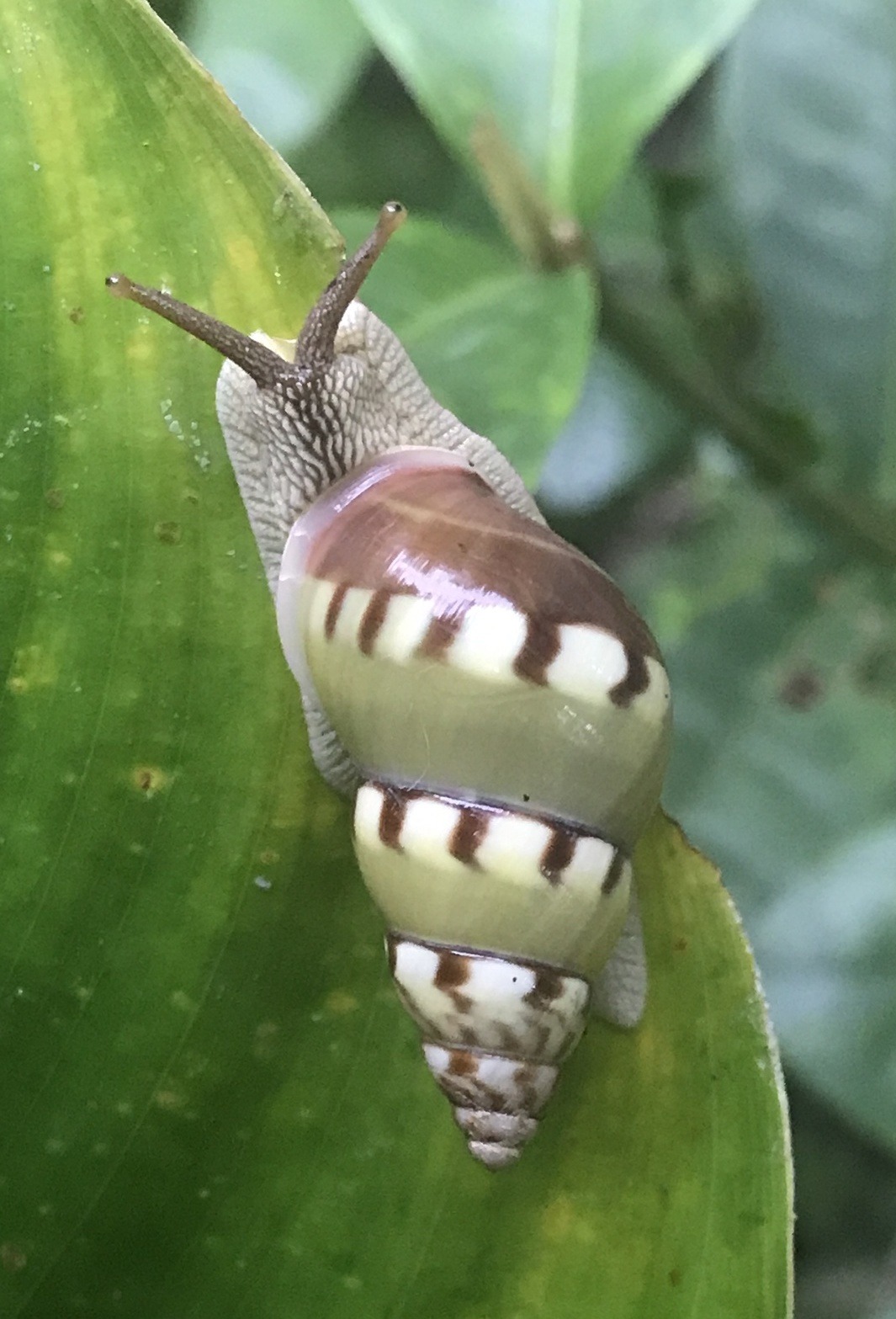 Our Observation of the Week is this
Our Observation of the Week is this 


